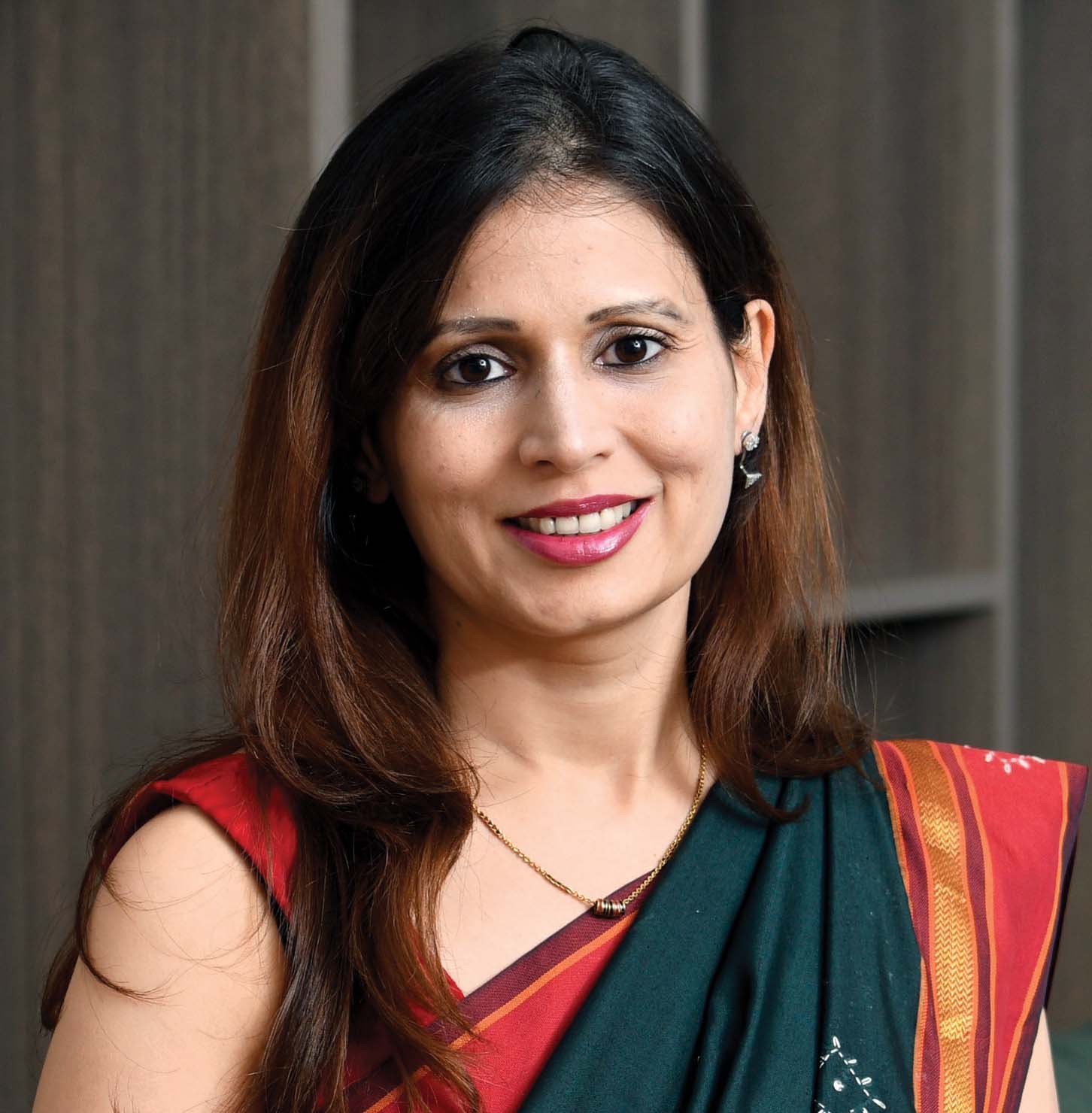Ayurveda 2.0: The Next Frontier of Skincare
- Mona Pandit

- Sep 22
- 3 min read
The modern consumer wants clean, multi-functional skincare that delivers both performance and purpose.

As the global beauty industry shifts towards clean, sustainable, and ethical products, India’s ancient wellness system – Ayurveda – is staging a quiet revolution. Once confined to traditional herbal remedies, Ayurveda is now poised to transform the booming world of skincare products by offering a compelling blend of beauty and therapeutic wellness.
This World Ayurveda Day, it's time to recognise the new frontier: Ayurveda 2.0—where skincare and personal care meet wellness, naturally.
Conscious Skincare
Millennials and Gen Z are redefining beauty standards. No longer content with chemically loaded, synthetic-laden products, they’re seeking clean, cruelty-free, and multi-functional solutions. This has created a massive opportunity for Ayurvedic brands to offer innovative skincare and personal products.
Ayurveda seamlessly aligns with this new-age demand. Unlike conventional skincare, which often prioritises quick fixes over long-term health, Ayurvedic formulations offer therapeutic value with every application. They work with the skin's natural biology to promote balance and health from within.
The line between skincare and overall wellness is blurring. Consumers no longer want "just" a cream or serum, but they want hybrid solutions that offer performance with purpose. This is where Ayurveda truly shines.
Ayurvedic brands are already innovating with UV-protective face creams that hydrate and shield. Shampoos that tackle dandruff while enhancing shine, as well as shower gels infused with potent herbs for skin health, are also entering the market. These are not just a trend, but they're the future. The global market is paying close attention to these effective and holistic solutions.
Ayurvedic Skincare
Ayurvedic solutions are crucial for long-term skin health because they focus on treating the root cause of skin issues, rather than just the symptoms. Instead of relying on harsh chemicals that can provide temporary results, Ayurvedic principles use natural ingredients to nourish and restore balance.
This approach acknowledges that skin health is intrinsically linked to internal well-being and environmental factors. For example, instead of drying out acne with harsh treatments, Ayurveda uses herbs like neem or turmeric to purify the blood and reduce inflammation. This holistic approach leads to clearer, healthier skin over time.
By promoting harmony within the body, Ayurvedic skincare helps the skin maintain its own health, making it more resilient and radiant over time.
The issues
While Ayurveda enjoys immense trust for its safety and holistic benefits, it faces a few hurdles before it can fully claim its place in the global skincare arena.
One of the biggest issues is standardisation. The potency of herbs and botanicals can vary by season, soil quality, and geography, making consistency a real challenge. Natural ingredients can also be prone to microbial growth and have shorter shelf lives.
These are not flaws, but they’re features of truly natural products. Still, consumers conditioned by the flawless aesthetics of synthetic cosmetics may take time to adapt.
Plant-based, water-rich, or oil-based formulations are prone to microbial growth without strong preservatives. Limited use of synthetic stabilisers leads to a shorter shelf life compared to conventional cosmetics.
Yet, as industry experts point out, these challenges are not insurmountable; they’re invitations for scientific innovation. The next phase of Ayurvedic beauty must blend tradition with modern R&D to ensure efficacy, safety, and stability without compromising authenticity.
The Ayurvedic personal care space is becoming increasingly crowded. Many brands loosely incorporate “Ayurvedic” elements as a marketing strategy, adding a dash of turmeric or a hint of sandalwood without genuine formulation expertise. This is both a risk and a remarkable opportunity.
As the category matures, brands with deep Ayurvedic legacies, proven expertise, and research-backed formulations will stand out. The demand for authentic, holistic, and effective Ayurvedic brands will be on the rise.
In conclusion
Ayurveda is not just a system of healing; it’s a philosophy of living in harmony with nature. In a world grappling with climate change, chemical overload, and rising skin sensitivities, this philosophy is more relevant than ever.
The future of Ayurveda in skincare isn’t about replacing modern products; it’s about enhancing them. With the right investments in science, safety, and storytelling, Ayurveda is uniquely positioned to lead the global wellness beauty movement, not as a trend, but as a timeless tradition reimagined for today. On this World Ayurveda Day, let’s celebrate not just what Ayurveda was but what it is becoming.
(The writer is the co-founder and managing director of RESHMONA Pharmaceuticals. Views personal.)




Comments